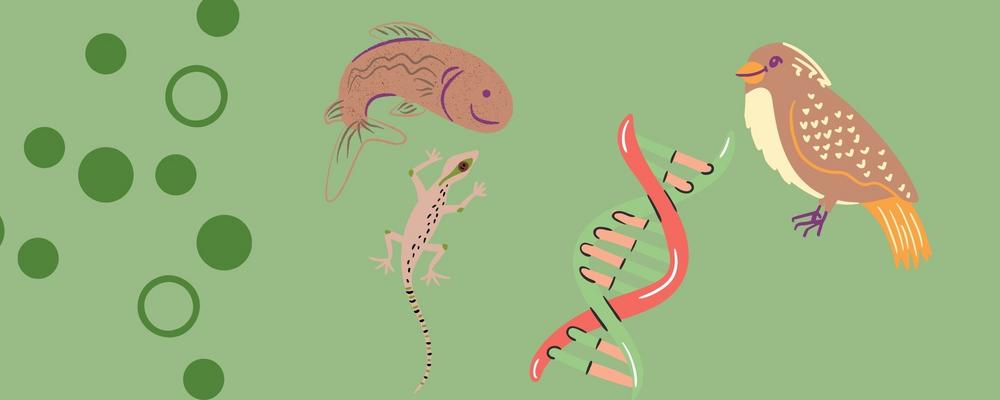
Evolutionary ecology & conservation biology
Research within the main research area include both questions regarding selection and evolution, and other more applied questions within conservation biology.
Around ten senior researchers work within the field of evolutionary ecology & conservation biology.
There are two main paths, one focusing on questions relating to selection and evolution, one comprising more applied questions in conservation biology. At the same time, they have a lot in common, and many of our researchers are active within both fields.
Evolutionary ecology
Evolutionary ecology is the interplay between evolution and ecology, exploring historical and current ecological causes of selection and evolution, and their consequences for populations, species and ecosystems. We have strong roots and traditions in curiosity-driven basic research in evolutionary behavioural ecology, with ongoing studies of sexual selection, life-history biology, parental care, colour communication, ecological speciation, and personality traits. A wide range of study organisms are represented, from both terrestrial and aquatic (marine as well as freshwater) habitats.
Under each heading, we have listed the researchers involved, with links to contact information and possible additional group or project pages.
Conservation biology
Within the field of conservation biology, we study land ecosystems like forests and more open habitats as well as freshwater and marine ecosystems of many kinds. Studies are conducted on threatened and vulnerable populations of fish, reptiles, birds, seals, invertebrates and various plants.
To understand how small populations function and are threatened, individuals are followed over time. Other projects focus on how species and habitats respond to management. We also study long-term effects of climate change, human activities and exploitation of ecosystems.
Researchers (PI:s)
Staffan Andersson
Donald Blomqvist
Luc Bussière
Sam Dupont
Leon Green
Frank Götmark
Karin Hårding
Johan Höjesjö
Lotta Kvarnemo
Mats Olsson
Lina Rasmusson
Pierre de Wit








